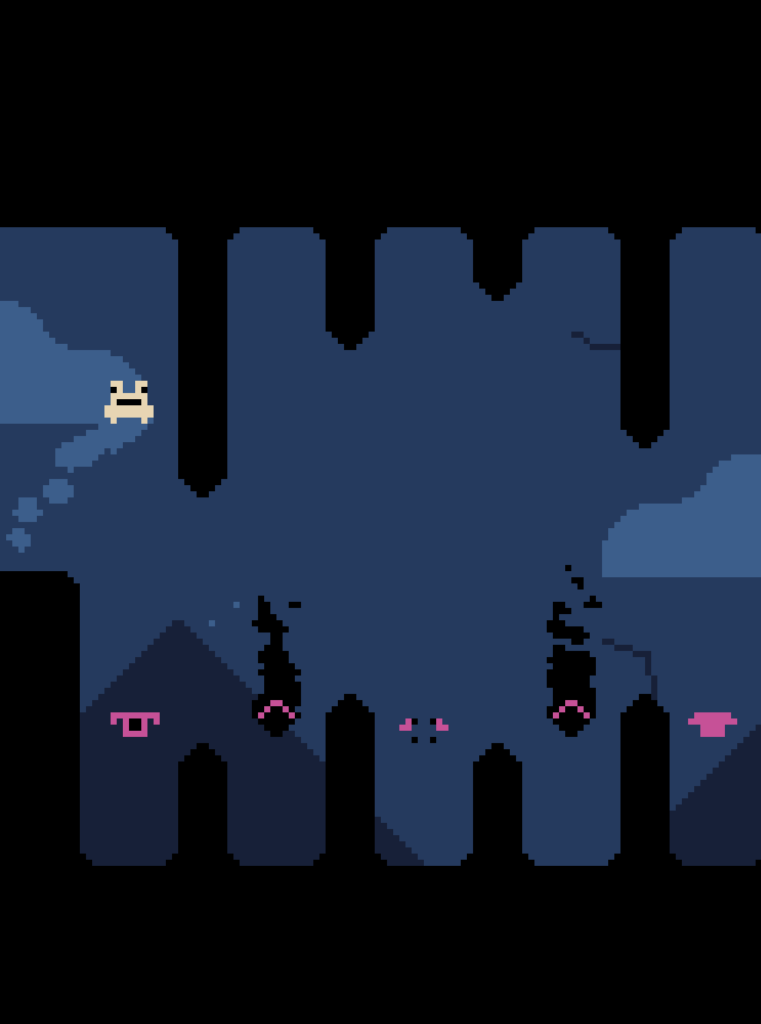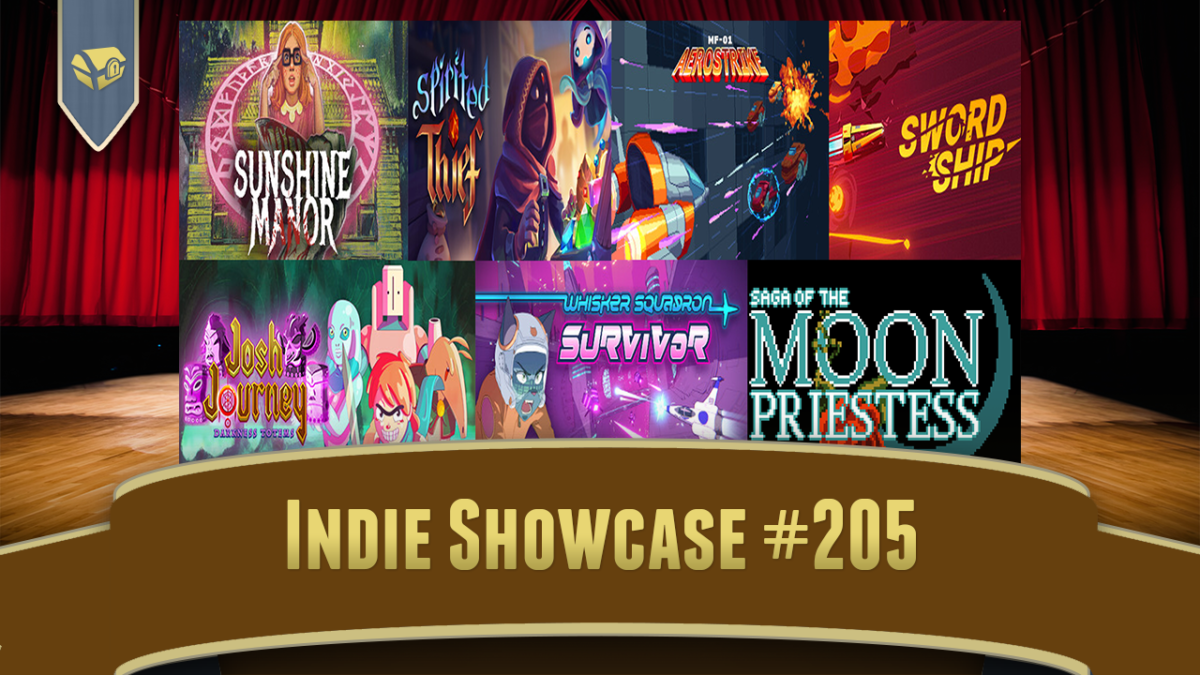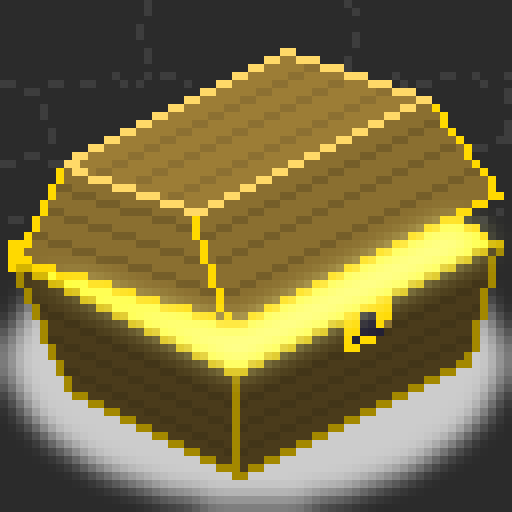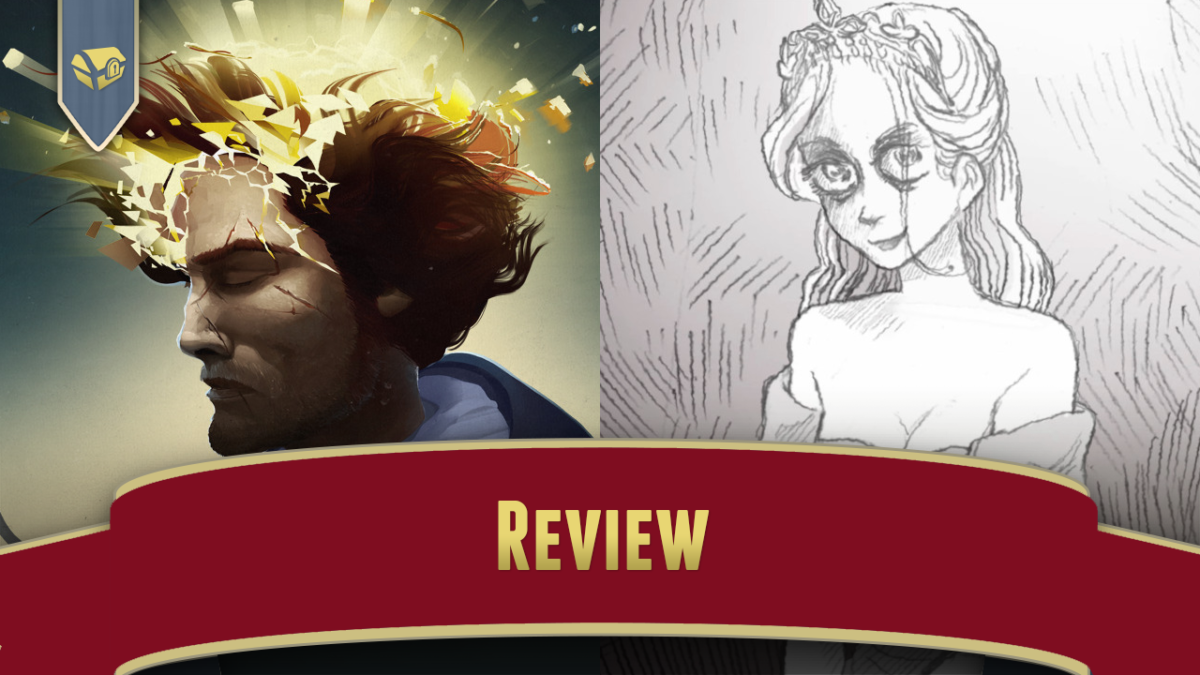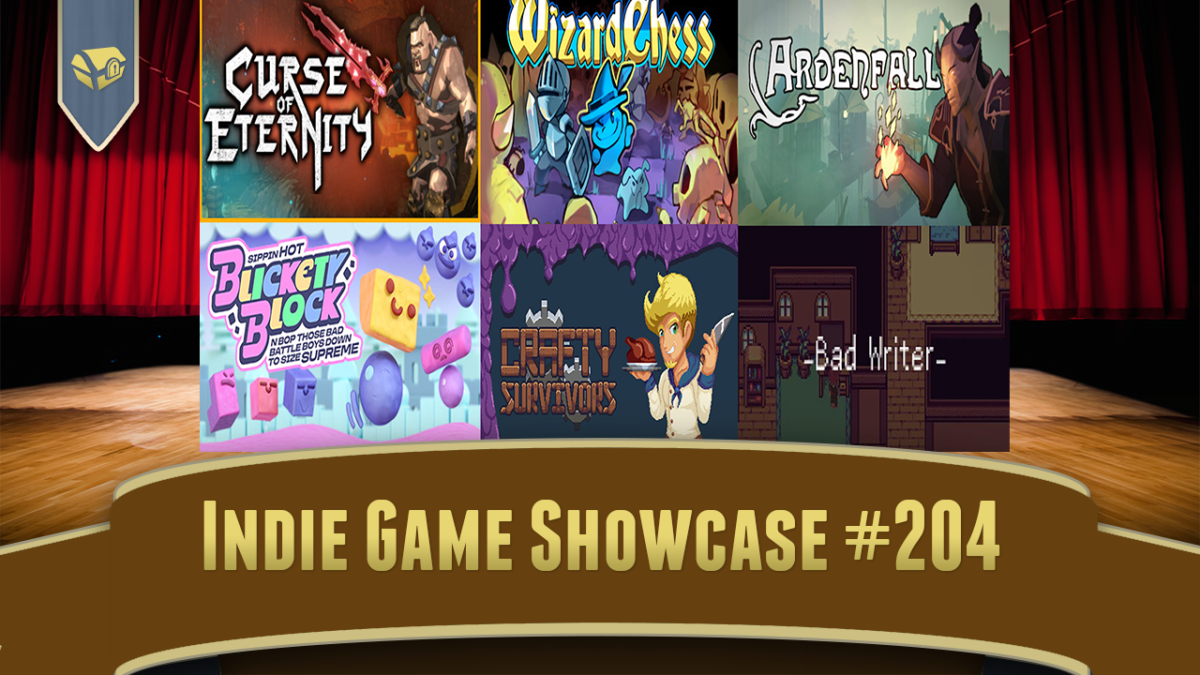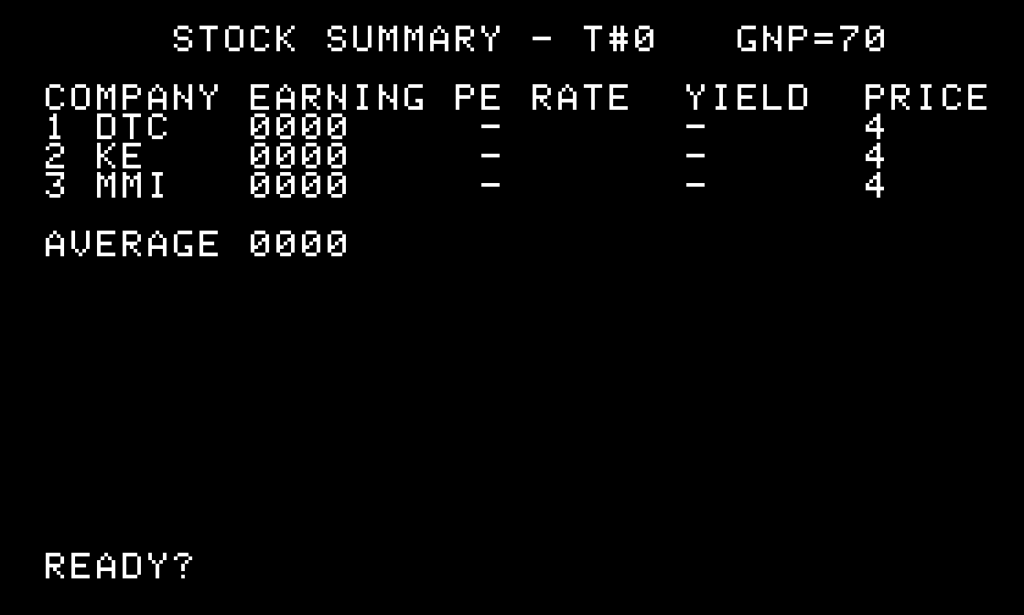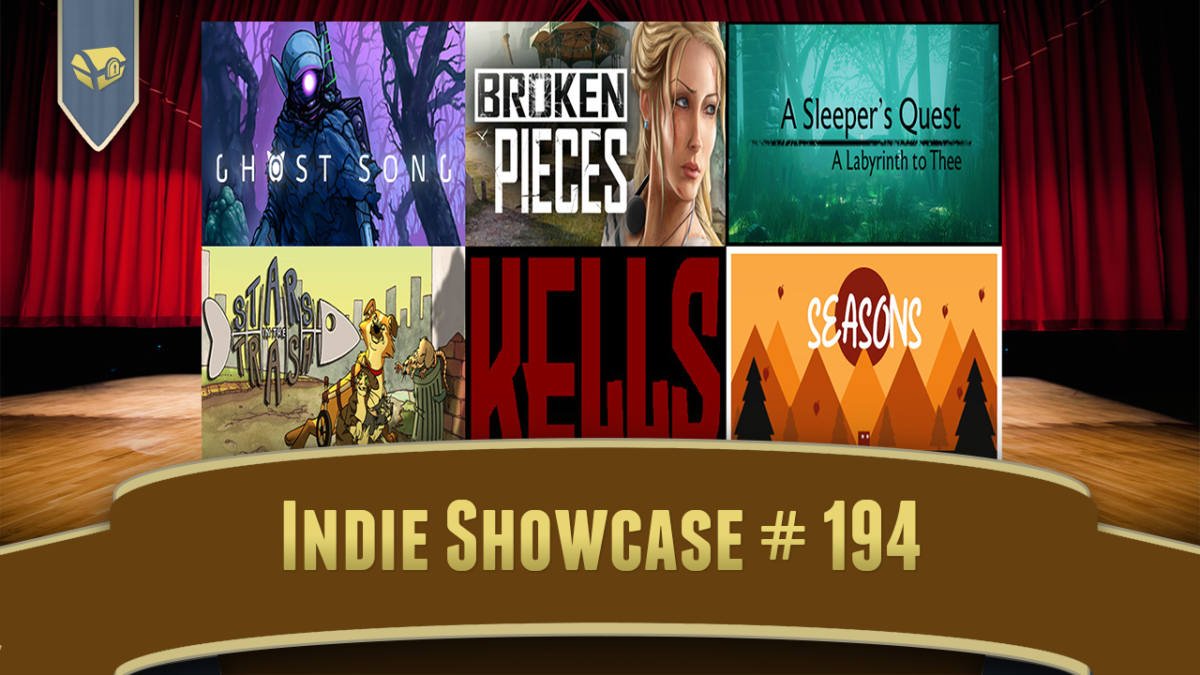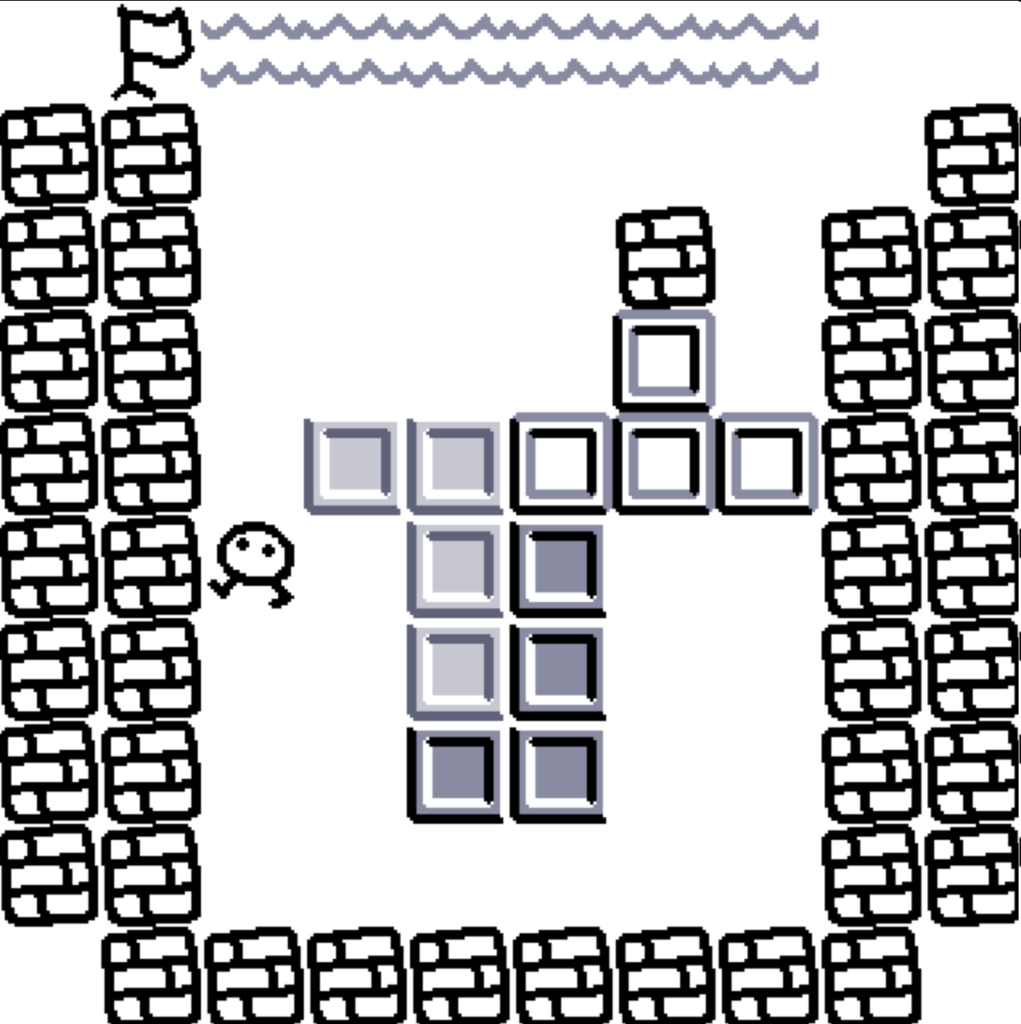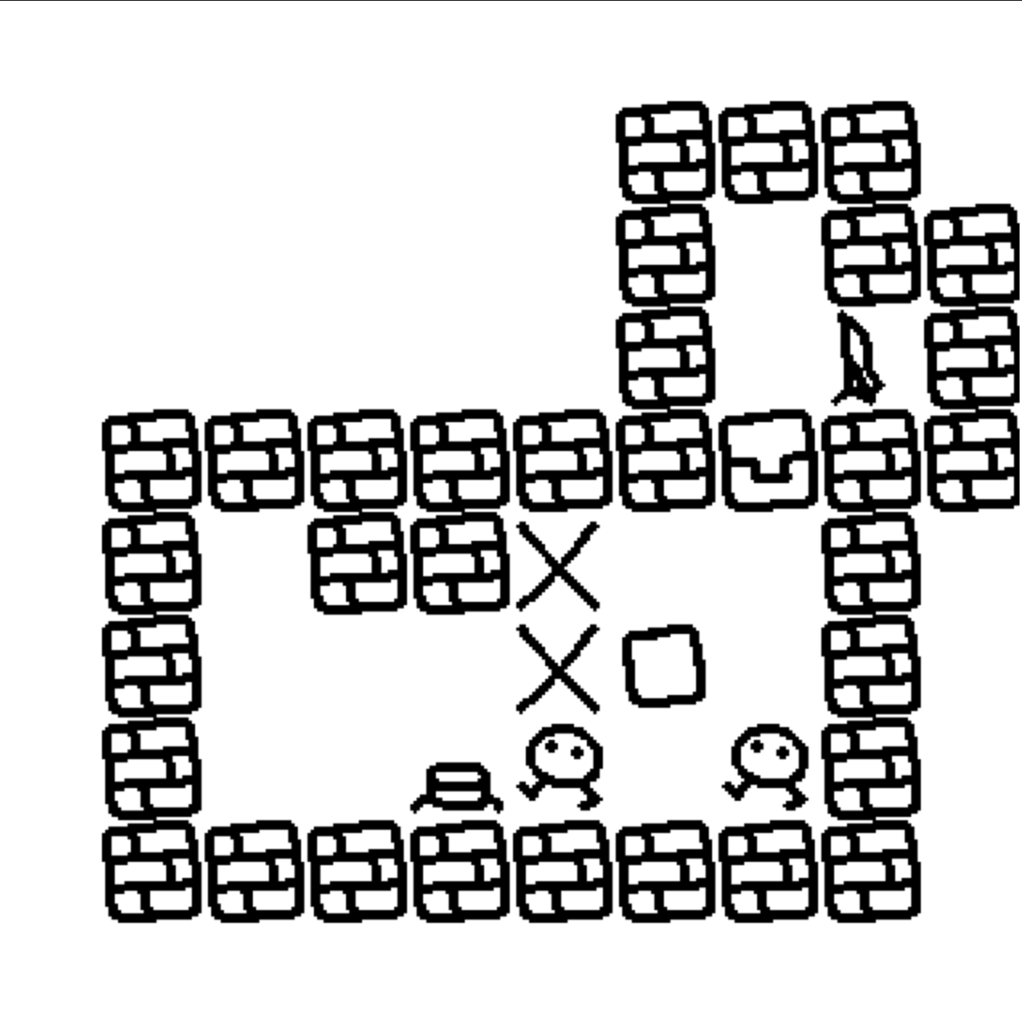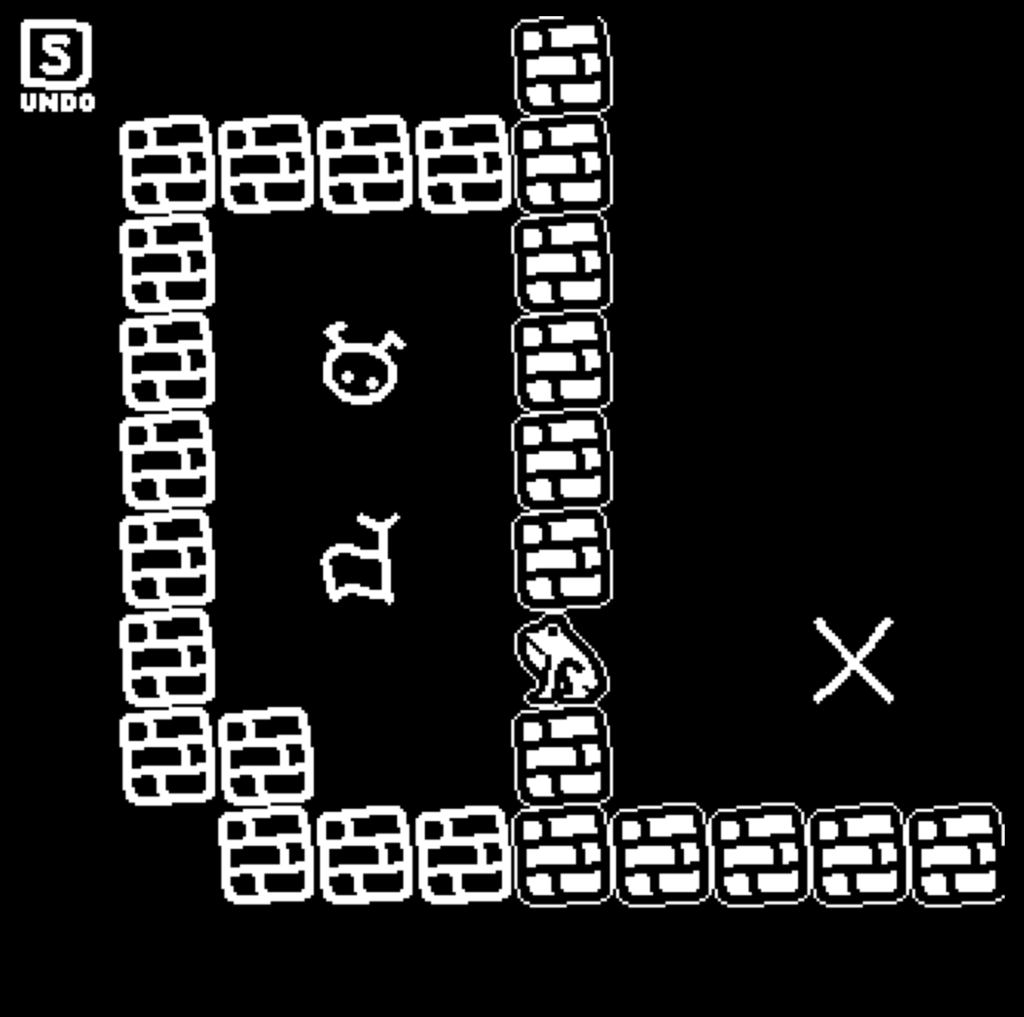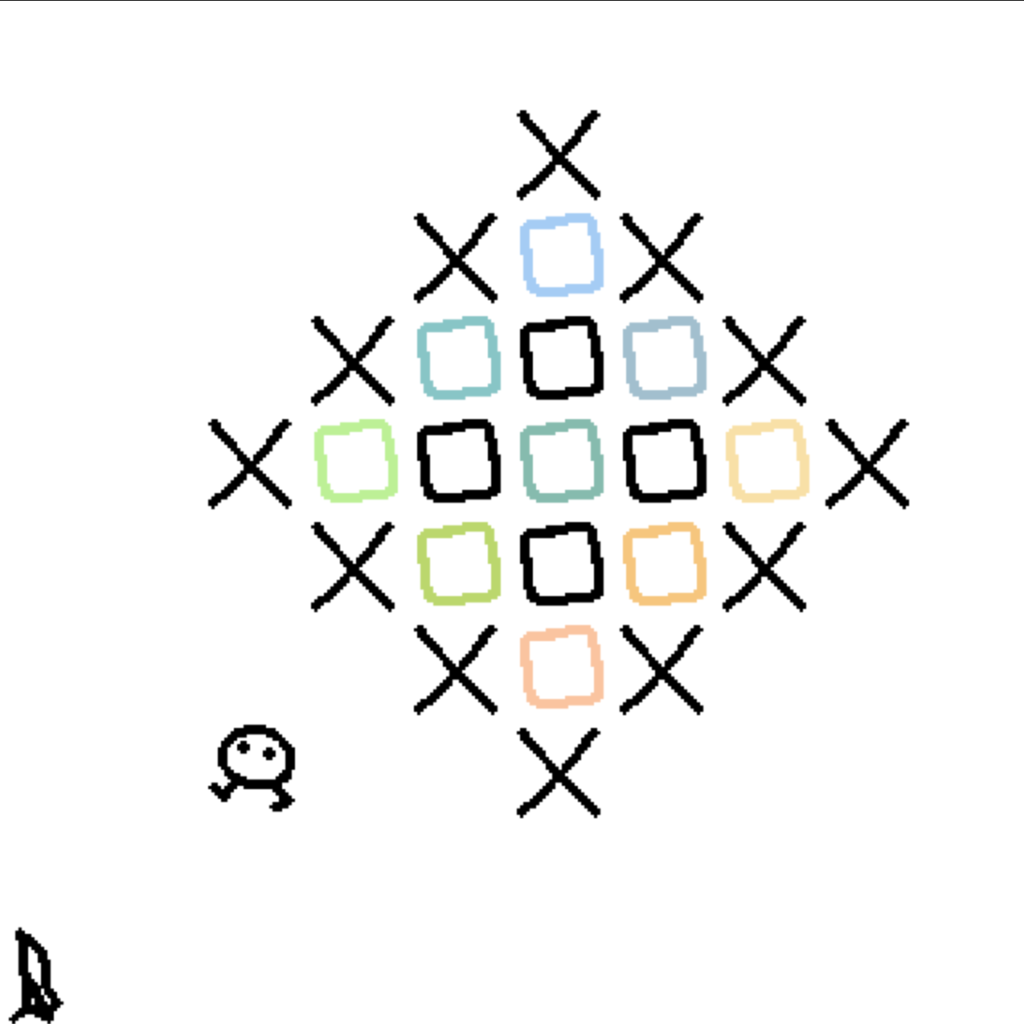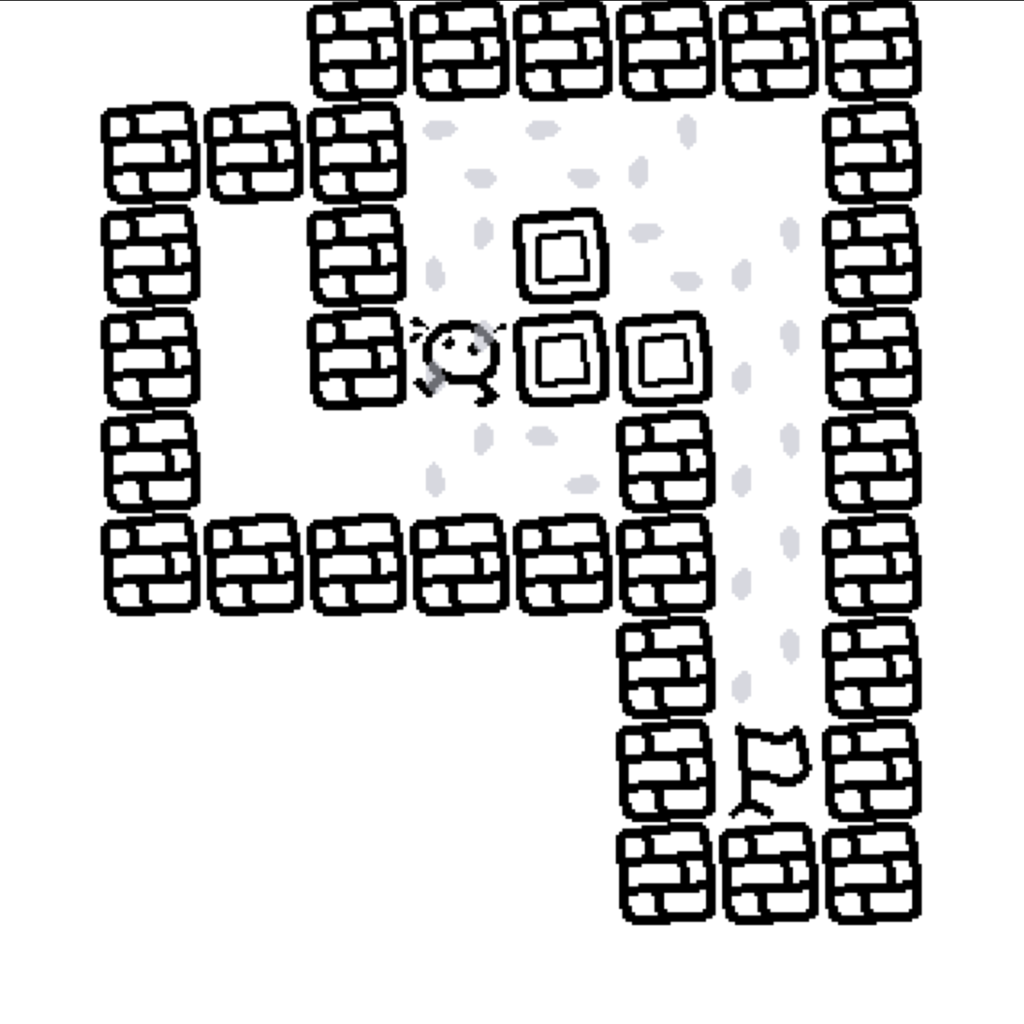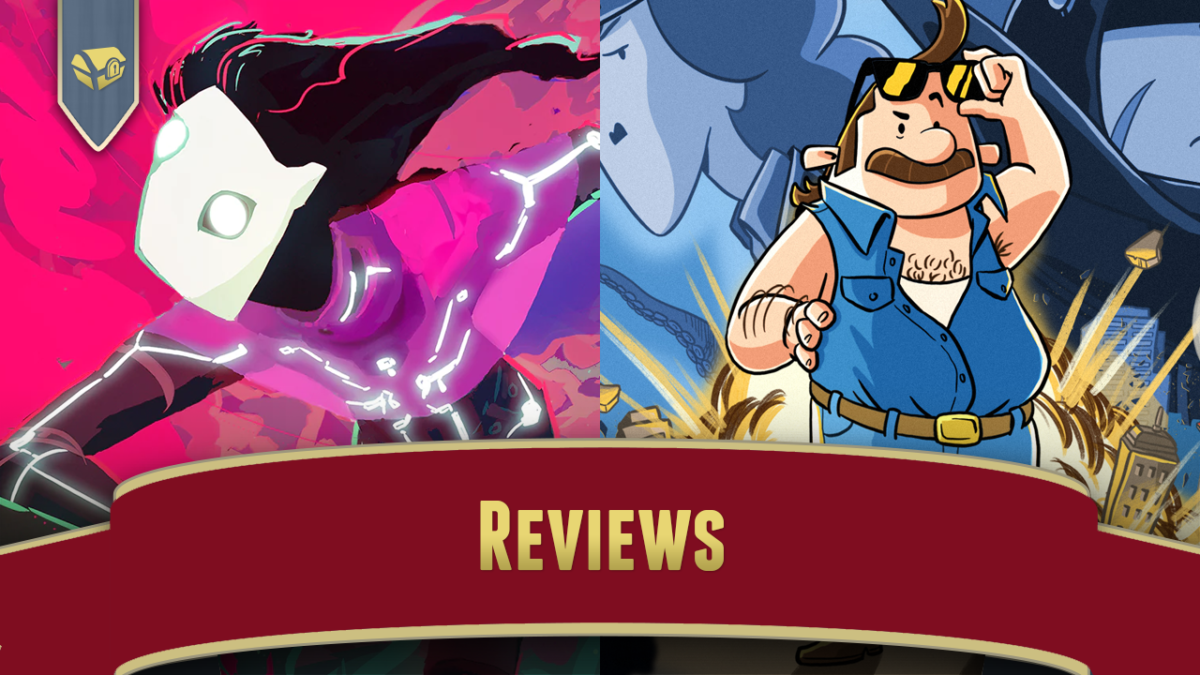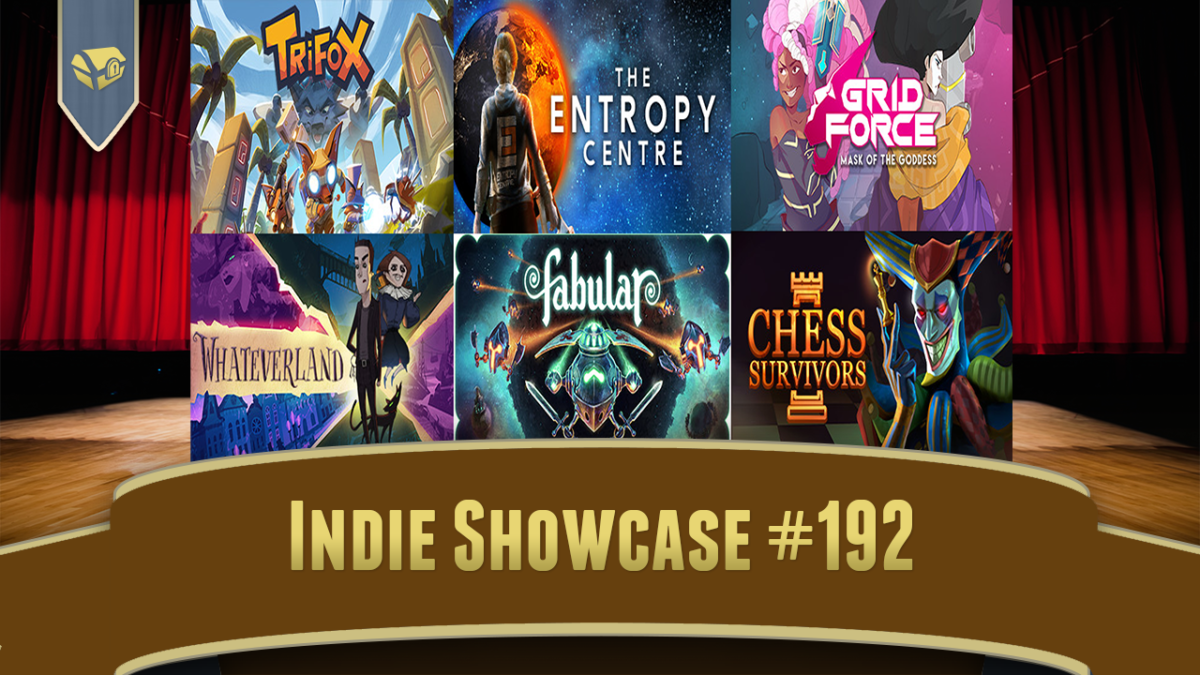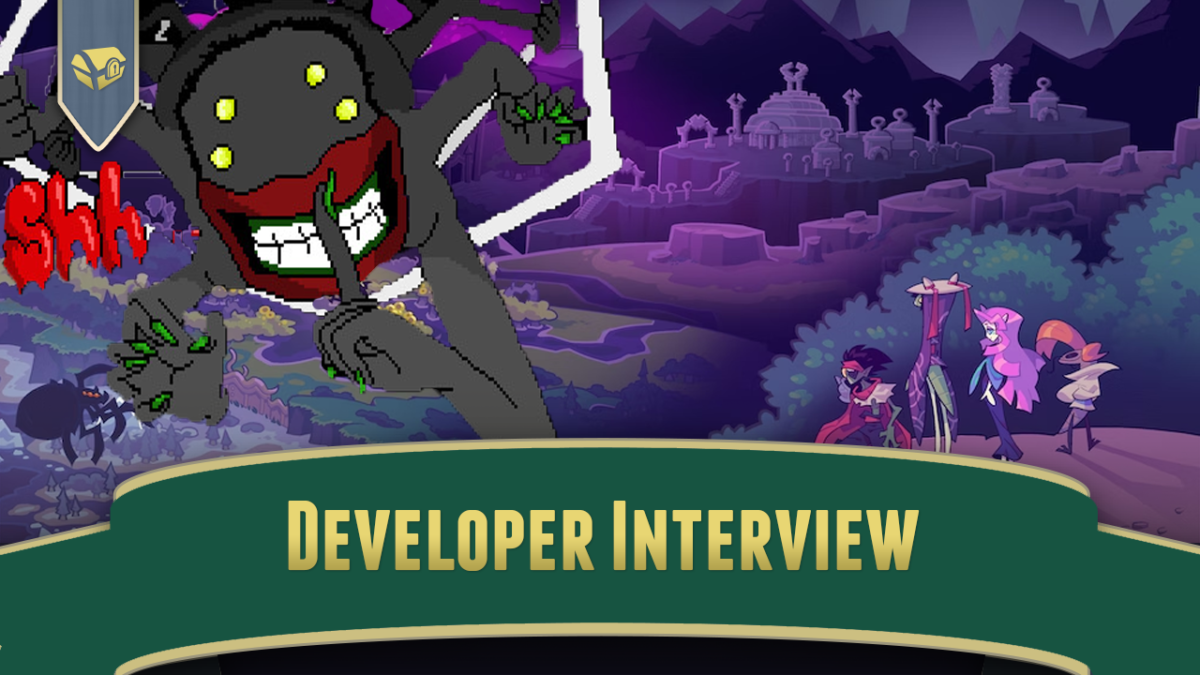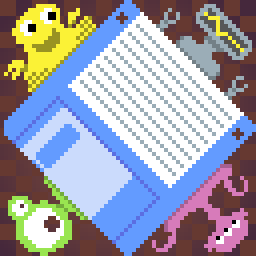
We love it when we find weird and unique indie games to tell you all about! Our alien friends to the left herald these occasions.
It’s not FrogFind, which is an web search engine with a retro-computing theme run by the person behind Action Retro.
No, this one’s a charming and free action game from itch.io. It’s a lot like a platformer, but not quite completely one, because you never land on any platforms. Once you leave the ground, it’s up to you to guide your tiny friend to eat every fly on the level before they touch the ground again. Each fly gives the frog a burst of height, like they’re bouncing off of them. It’s satisfying to collect every fly on one pass, bouncing off of each one like a little amphibious pinball.

There’s some leeway you’re granted. They frog can hit ceilings without danger; they won’t collide but will just fall from there. Sometimes you can hit walls, although sometimes they’ll result in failure. Retrying is instantaneous though.
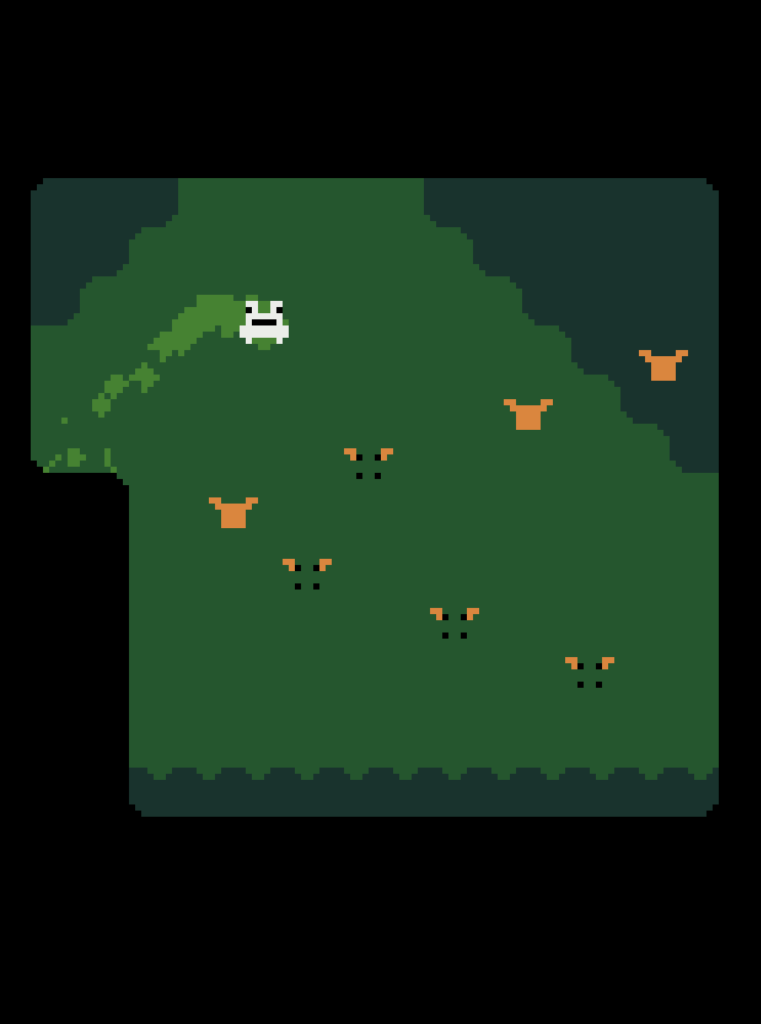
As you progress, the game introduces new elements. “Empty” flies only appear and become snackable once all the other flies have been nom’d. Flies with a dot on them must be eaten twice; they become edible again after any other fly has been eaten. Skate rails (the itty bitty froggy can shred, it seems) give the frog a place to grind safely for a while, and can be used sometimes to get around barriers or return to heights to get more flies. There’s bouncing spots the frog can hop endless on too.
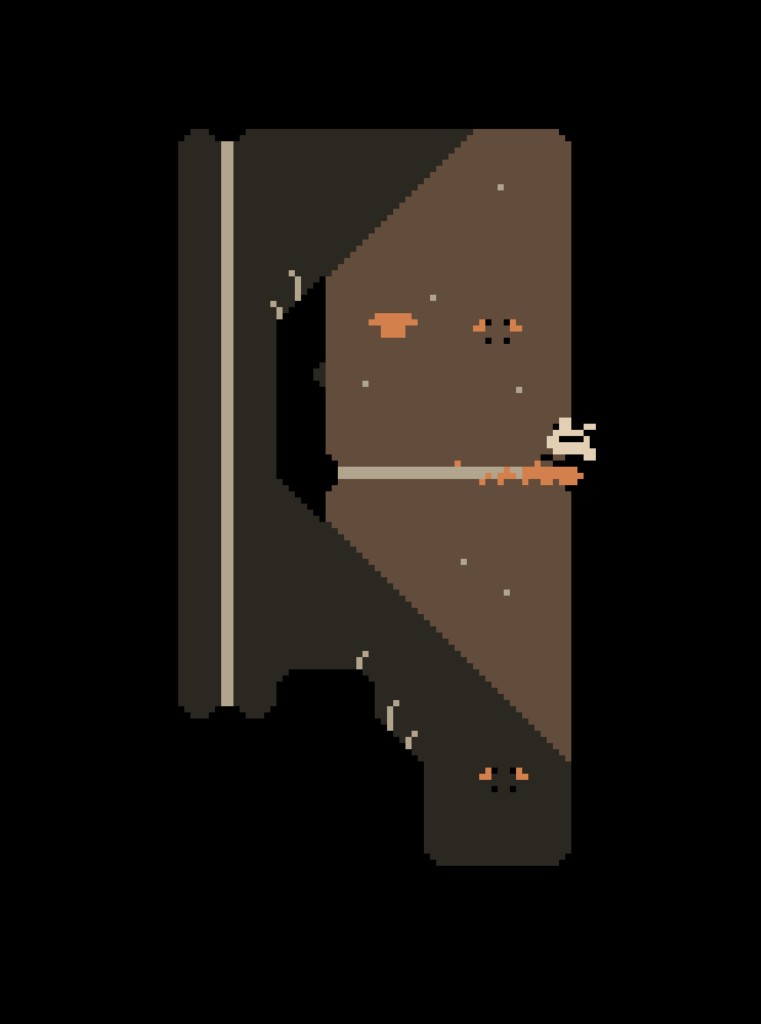
There’s 48 levels in the game, three of them tutorial levels and then nine levels in each of five worlds. After they’ve all been cleared and the frog has enough food for winter, you begin to unlock harder “B-side” levels, which introduce new tricks.
The aesthetic is laidback, and the music is quiet contemplative, somewhat in contrast with the frog’s acrobatic feats. So help a frog out! Winter is coming!
Frogfall (by Kultisti, for Windows, on itch.i0, $0)
Here’s video of a playthrough of the main game. Note that, while it does show the ending, it doesn’t show any of the B-side levels.
